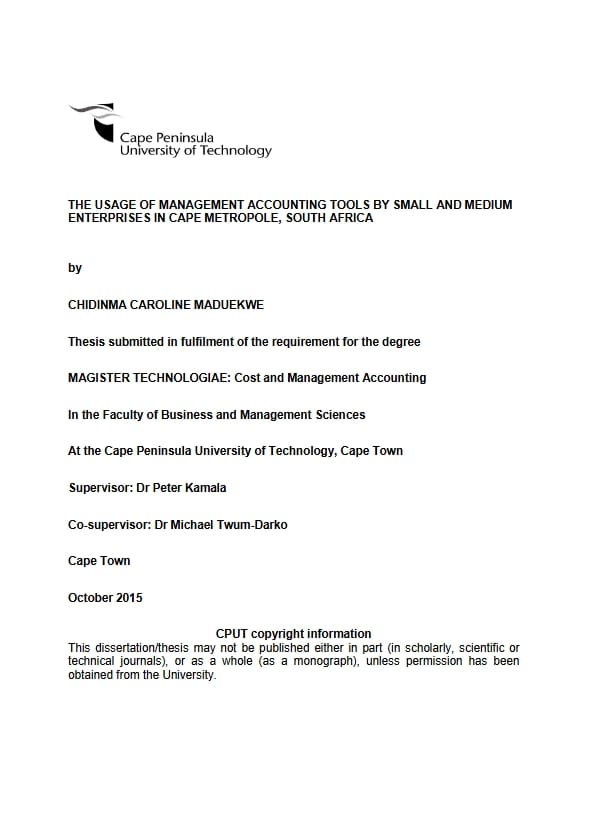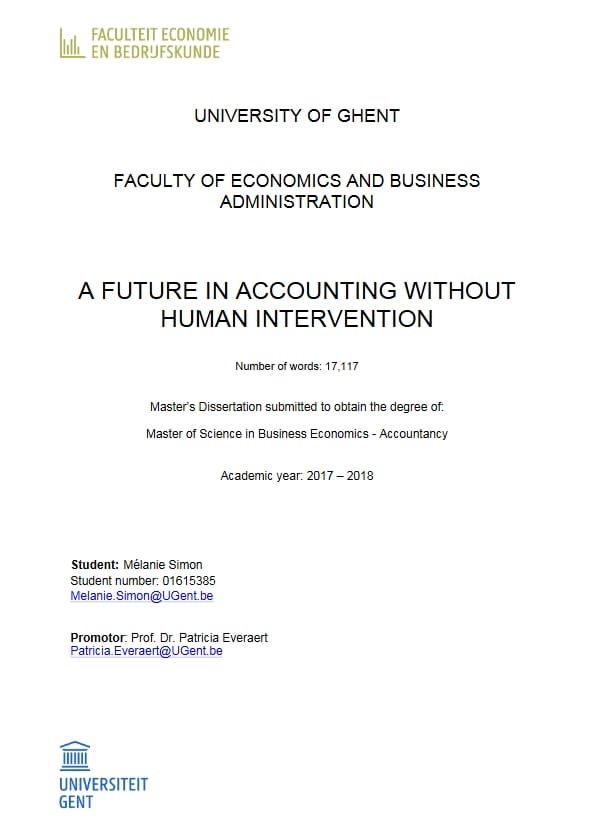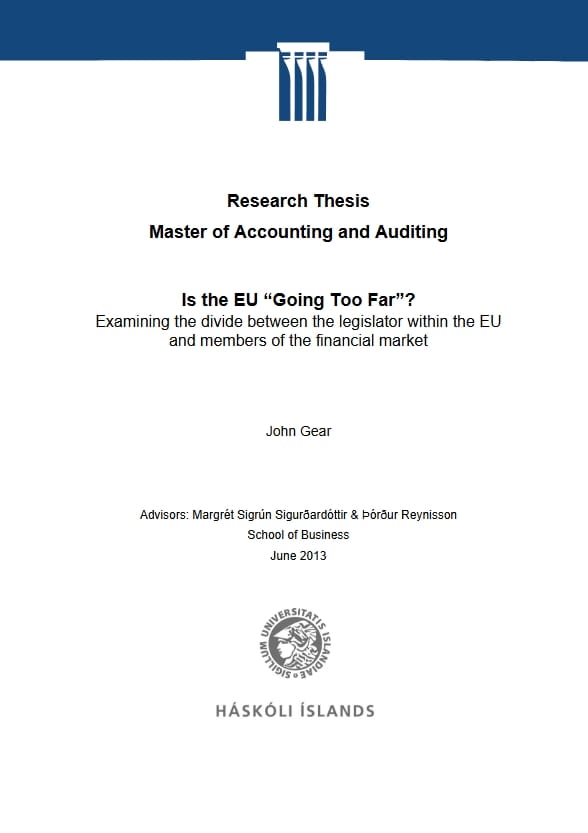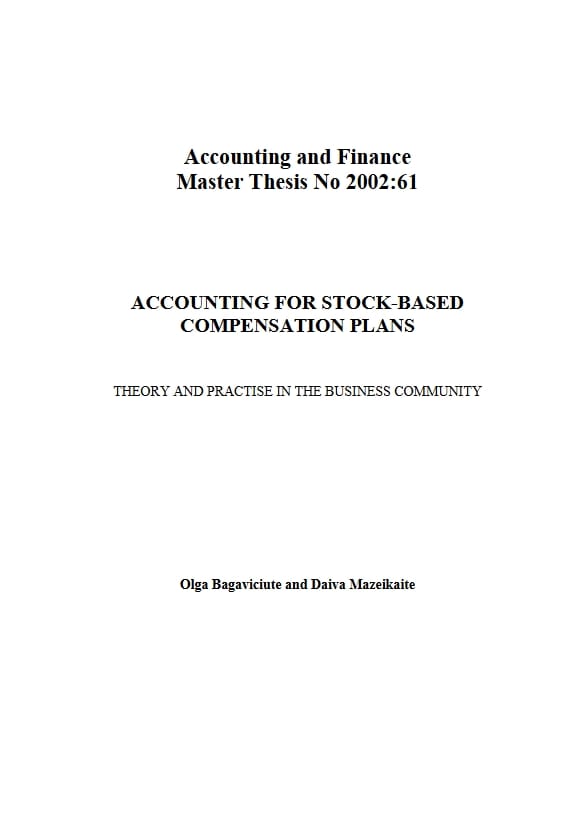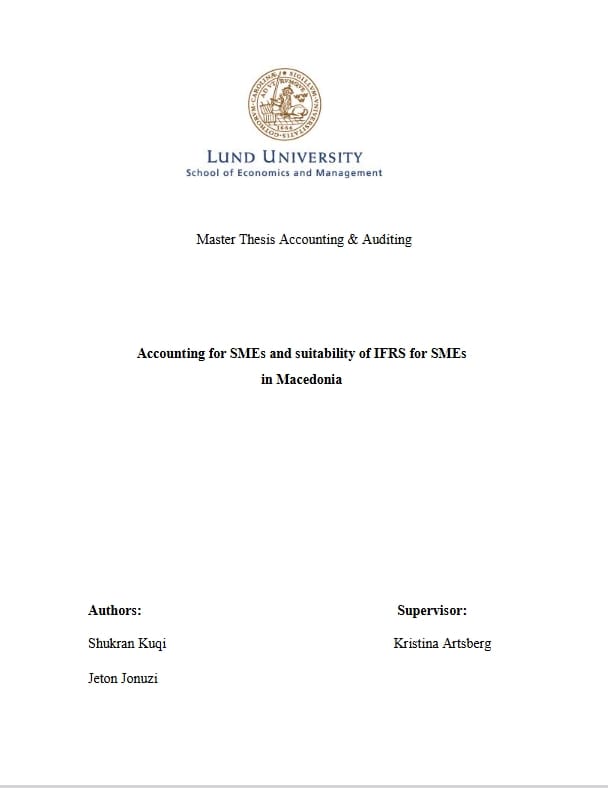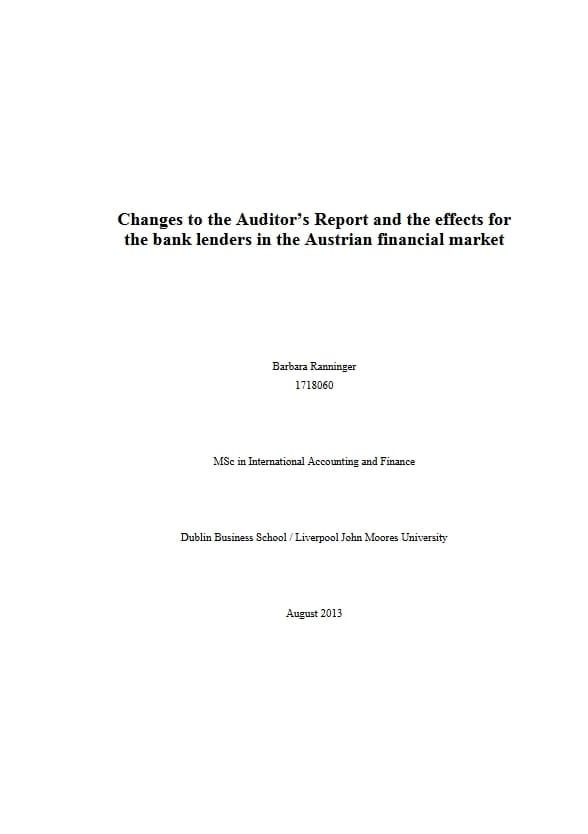TABLE OF CONTENT
1 INTRODUCTION ………………………………………………………………………………… 5
1.1 Background and topic…………………………………………………………………. 5
1.2 Aim of the study, research questions and limitations …………………… 6
1.3 Previous research ……………………………………………………………………….. 8
1.4 Research approach ……………………………………………………………………… 9
1.5 Validity and reliability………………………………………………………………. 10
2 THEORETICAL FRAMEWORK ………………………………………………………….. 12
2.1 Big data ……………………………………………………………………………………. 12
Definition ……………………………………………………………………….. 122.1.1
Big data technologies ………………………………………………………. 142.1.2
Before and after big data………………………………………………….. 172.1.3
2.2 Big data in business processes and decision-making…………………… 18
Forecasting and planning ………………………………………………… 182.2.1
Marketing, sales and CRM ………………………………………………. 192.2.2
Business performance monitoring and improving efficiency 202.2.3
Management control ……………………………………………………….. 212.2.4
Challenges ………………………………………………………………………. 222.2.5
2.3 Implications of big data on management accounting and business
professions …………………………………………………………………………………………. 23
3 RESEARCH APPROACH …………………………………………………………………… 26
3.1 Research method ………………………………………………………………………. 26
3.2 Data …………………………………………………………………………………………. 27
Survey…………………………………………………………………………….. 273.2.1
Interviews ………………………………………………………………………. 283.2.2
3.3 Analysis method ………………………………………………………………………. 29
4 EMPIRICAL FINDINGS AND ANALYSIS ………………………………………….. 30
4.1 Background information …………………………………………………………… 30
Survey…………………………………………………………………………….. 304.1.1
Interview ………………………………………………………………………… 314.1.2
4.2 Maturity and importance of big data …………………………………………. 31
4.3 Ownership, technology and methods ………………………………………… 36
4.4 Application areas ……………………………………………………………………… 40
Experiences from implementation and perceived benefits … 404.4.1
Challenges ………………………………………………………………………. 474.4.2
4.5 Implications on management accounting and professions ………….. 48
5 CONCLUSION AND DISCUSSION ……………………………………………………. 57
References ………………………………………………………………………………………………….. 62
APPENDICES …………………………………………………………………………………………….. 65








